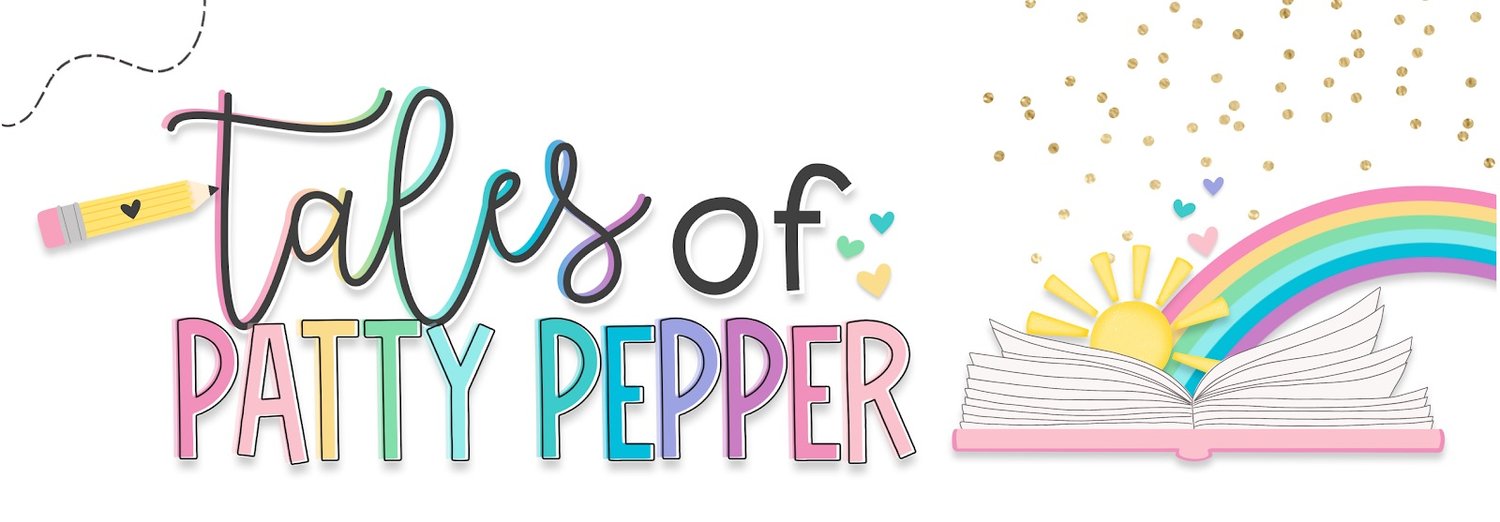Unleashing Scientific Curiosity: A Classroom Adventure with Ada Twist, Scientist
In the enchanting realm of children's literature, Ada Twist, Scientist reigns supreme, captivating young readers with her insatiable curiosity and boundless intellect. As educators, we have the power to harness the magic of Ada's world to inspire our students and cultivate a lifelong love of learning. With my digital book companion for Ada Twist, Scientist, the classroom becomes a vibrant laboratory of exploration and discovery. Let's delve into practical examples of how to utilize this resource effectively with students ranging from second to fifth grade.
Examples of Ways to Start the Lesson:
Pre-Reading Questions: Before diving into Ada Twist's world, engage students in thought-provoking discussions with pre-reading questions. Encourage them to ponder topics such as curiosity, problem-solving, and the importance of asking questions. Here are a few examples:
What does it mean to be a scientist?
Why is it essential to ask questions?
Can anyone become a scientist? Why or why not?
Week-long Teacher Lesson Plans: Imagine diving into Ada Twist's world with meticulously crafted week-long lesson plans. For second graders, start with a simple exploration of basic scientific concepts like observation and experimentation. Use Ada's adventures as a springboard for discussions on the scientific method. For fifth graders, delve deeper into complex scientific topics such as hypothesis testing and data analysis. Incorporate hands-on experiments and collaborative projects to deepen understanding and foster teamwork.
Story Word Search and Bookmarks: Engage students in active reading with a story word search activity. For second graders, create a simplified word search focusing on foundational vocabulary from the story. For fifth graders, challenge them with a more advanced word search incorporating scientific terms and concepts. Additionally, distribute personalized bookmarks for students to decorate and use while reading. Encourage them to jot down their favorite quotes or thoughts as they journey through Ada's story.
Compare and Contrast Activities: Stimulate critical thinking skills with compare and contrast activities. For second graders, compare Ada's character traits with those of other beloved literary characters. Discuss similarities and differences in how characters approach challenges and solve problems. For fifth graders, compare Ada's scientific inquiries with real-life scientists' research. Explore how Ada's curiosity mirrors the curiosity of renowned scientists throughout history, fostering an appreciation for scientific inquiry.
Sequence Story Craft and Story Map: Enhance comprehension and storytelling abilities with a sequence story craft activity. Provide second graders with templates to sequence the story's events chronologically, reinforcing comprehension and narrative structure. For fifth graders, challenge them to create their story maps, identifying key story elements such as characters, setting, and plot points. Encourage them to analyze how these elements contribute to the story's overall message.
Differentiated Assessments and Writing Prompts: Tailor assessments to meet the diverse needs of students. For second graders, offer differentiated book review options, such as drawing a favorite scene from the story or writing a short summary. For fifth graders, provide writing prompts that require critical thinking and analysis, such as reflecting on the ethical implications of Ada's experiments. Encourage students to express their thoughts and insights creatively, fostering a deeper connection to the story.
Bulletin Board Kit and Vocabulary Cards: Transform the classroom into a vibrant hub of scientific exploration with a bulletin board kit featuring Ada Twist-inspired decorations. For second graders, display colorful vocabulary cards introducing basic scientific terms from the story. For fifth graders, incorporate vocabulary cards with more advanced scientific terminology, encouraging students to expand their scientific lexicon.
Here are five reasons you could benefit from having a companion guide for "Ada Twist, Scientist" in the classroom:
Promotes STEM Education: "Ada Twist, Scientist" encourages an interest in science, technology, engineering, and mathematics (STEM) fields among students. A companion guide helps teachers capitalize on this interest by providing activities that deepen their understanding of scientific concepts presented in the book.
Fosters Critical Thinking: The story of Ada Twist promotes curiosity and critical thinking. A companion guide can include discussion questions and activities that challenge students to analyze characters' motivations, make predictions, and draw connections between the story and real-world experiences.
Encourages Diversity and Inclusion: Ada Twist, the protagonist of the book, is a young African-American girl interested in science. A companion guide can help teachers facilitate discussions about diversity and inclusion in STEM fields, encouraging all students to pursue their interests regardless of gender or background.
Enhances Literacy Skills: Using "Ada Twist, Scientist" in the classroom can improve students' literacy skills by exposing them to rich vocabulary and engaging storytelling. A companion guide can include vocabulary activities, comprehension questions, and writing prompts to support literacy development.
Engages Multiple Learning Styles: Every student learns differently, and a companion guide for "Ada Twist, Scientist" can cater to various learning styles. For example, it may include hands-on experiments for kinesthetic learners, discussion questions for auditory learners, and visual activities for visual learners, ensuring that all students can actively participate and learn from the
Don’t forget to check out my other blog posts this month, dedicated to celebrating Women's History Month and empowering students to become the scientists of tomorrow. Together, let's pave the way for a brighter, more curious world.
Links:


